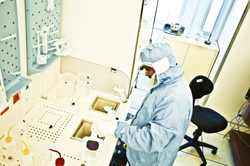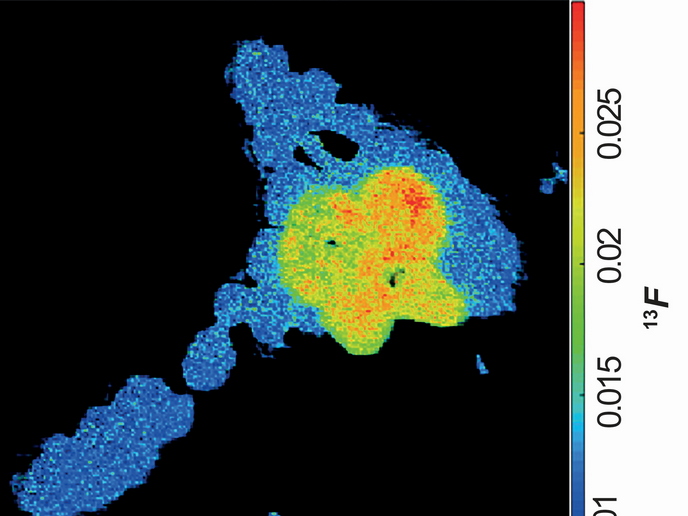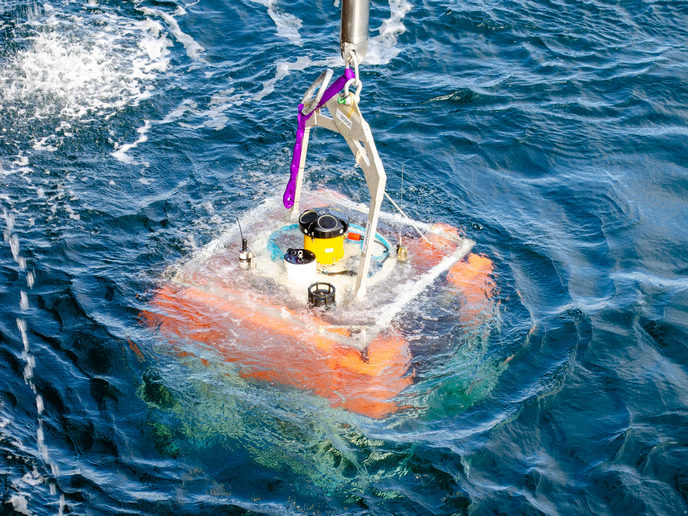Rolling out flexible chemical sensors
Large-area multi-parameter sensor arrays are quite promising for pharmaceutical and environmental applications. Their use to date has been limited due to the lack of low-cost, robust manufacturing methods. EU support of the project 'Large area photonic crystal chemical sensors' (PHOTOSENS)(opens in new window) facilitated development of cost-effective roll - to - roll (R2R) manufacturing by integrating nanoimprint lithography to solve the problem.R2R processing is a promising technology that can be used in production of photographic film, separation membranes, advanced coatings, flexible solar panels and flexible electronics. Combining R2R manufacturing with nanoimprint lithography, a process for stamping nanoscale features onto a substrate, opens the door to easy mass production of novel nano-devices.Scientists developed R2R nanoimprint processes exploiting soft ultraviolet nanoimprint lithography for nanotexturing of large-area plastic (polymer) films. Three different all-polymer multi-parameter sensor array platforms exploiting disposable polymer chips were produced.Photonic crystal sensor structures were used for formaldehyde detection to ensure air quality in environmental applications. The platform based on surface-enhanced Raman scattering demonstrated detection of the pharmaceutical agent ibuprofen and targets pharmaceutical cleanliness and food safety applications. A platform based on printable single-mode waveguide sensors was also developed, produced and demonstrated. Outcomes led to nine publications in peer-reviewed scientific journals as well as a press release.PHOTOSENS developed previously lacking cost-effective mass-manufacturing technology to produce large-area nanostructured surfaces. The team successfully demonstrated a variety of sensor arrays for pharmaceutical and environmental applications. Lowering cost while ensuring reliability is expected to facilitate rapid commercialisation and market uptake. Beneficiaries include the numerous small- and medium-sized enterprises in the field as well as the health of EU citizens.







